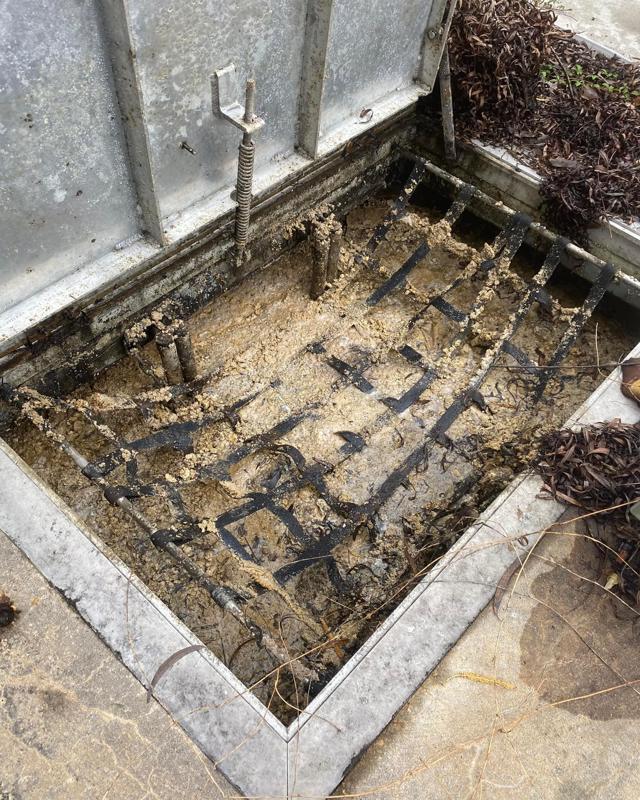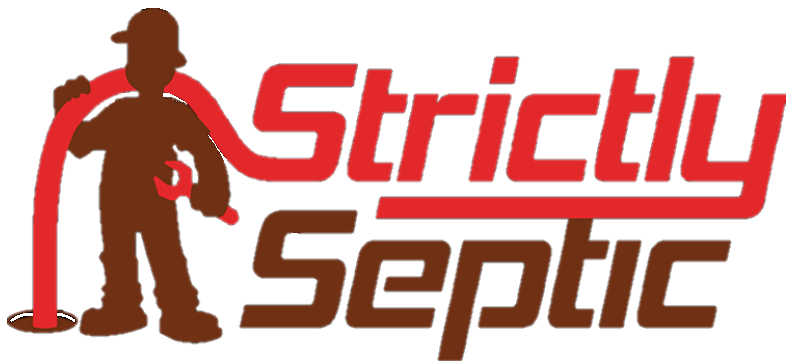Install - Design - Repair
Lift Station Service
A lift station, also known as a pump station, is a type of wastewater collection system that is used when gravity alone cannot move wastewater through the system. A lift station is typically made up of a large underground tank or wet well, a series of pumps, and control equipment that work together to move wastewater from a lower elevation to a higher elevation where it can be treated or discharged.
Why Use A lift Station/Pump Station?
Efficient management
A lift station is designed to efficiently manage wastewater in areas where gravity flow is not possible. The lift station pumps wastewater to a higher elevation. This allows the wastewater to flow to a treatment facility or other designated area for disposal.
Design Options
Strictly Septic Service lift stations can be designed and customized to fit the specific needs of your property. They can be constructed in a variety of sizes and configurations to accommodate the amount of wastewater generated by your property.
Reliable performance
Strictly Septic Service lift stations are designed for reliable performance and long-lasting even in the harshest of conditions. They are constructed with durable materials and are designed to operate efficiently for many years with periodic proper maintenance and care.
Remote monitoring
Many lift stations are equipped with remote monitoring capabilities, which allow property owners to monitor the system from a remote location. This can help detect any issues before they become major problems, and can save time and money on maintenance and repairs.
Versatile
Lift stations can be used for a variety of applications, including residential, commercial, and industrial properties. They are a great solution for properties that are located in areas with challenging terrain or soil conditions that make gravity flow systems impractical.

How It Works
In a lift station, wastewater flows into the wet well where it is stored until it reaches a predetermined level. Once the level is reached, the pumps are activated and they push the wastewater up and out of the wet well and through a series of pipes to the treatment facility or discharge point. Lift stations are often used in areas where the terrain is hilly or where the wastewater treatment plant is located at a higher elevation than the collection system.
Lift stations can vary in size and complexity depending on the amount of wastewater being pumped and the distance it needs to be transported. They are commonly used in municipal wastewater systems, industrial facilities, and other applications where wastewater needs to be moved over long distances or uphill. Proper maintenance and monitoring of lift stations are important to ensure they operate safely and efficiently. View the EPA fact sheet.

